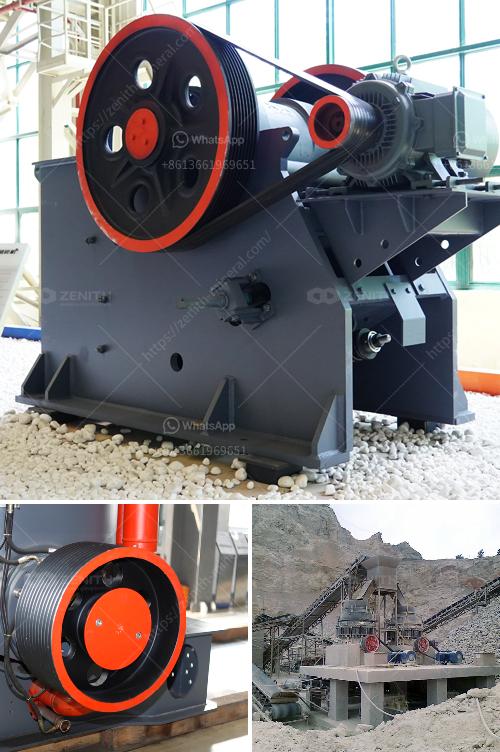Aggregates, which are materials such as sand, gravel, and crushed stone, go through several stages of processing to achieve desired specifications for construction and other uses. Here's a general overview of the typical process:
Extraction: Aggregates are excavated from natural deposits, such as riverbeds, quarries, or pits.
Crushing: The extracted materials are then transported to a processing site where they are crushed to reduce their size. Primary crushing often involves a jaw crusher or gyratory crusher.
Screening: After crushing, the material is screened to separate different sizes. Large screens or sieves are used to classify the aggregates into specific size ranges.
Washing: Depending on the end-use, aggregates may be washed to remove impurities like clay, silt, and other debris.
Secondary Crushing and Screening: In some cases, the material may undergo further crushing and screening to achieve the desired size and shape.
Grading: Aggregates are graded based on their size distribution, which is essential for certain applications, such as in concrete or asphalt mixtures.
Storage and Transportation: Once processed, the aggregates are stored in designated areas or silos and are then transported to the point of use by trucks, conveyor belts, or ships.
Advanced processing methods might involve additional steps such as drying, mixing with other materials, or employing specialized equipment to produce aggregate types like recycled aggregates or lightweight aggregates.

